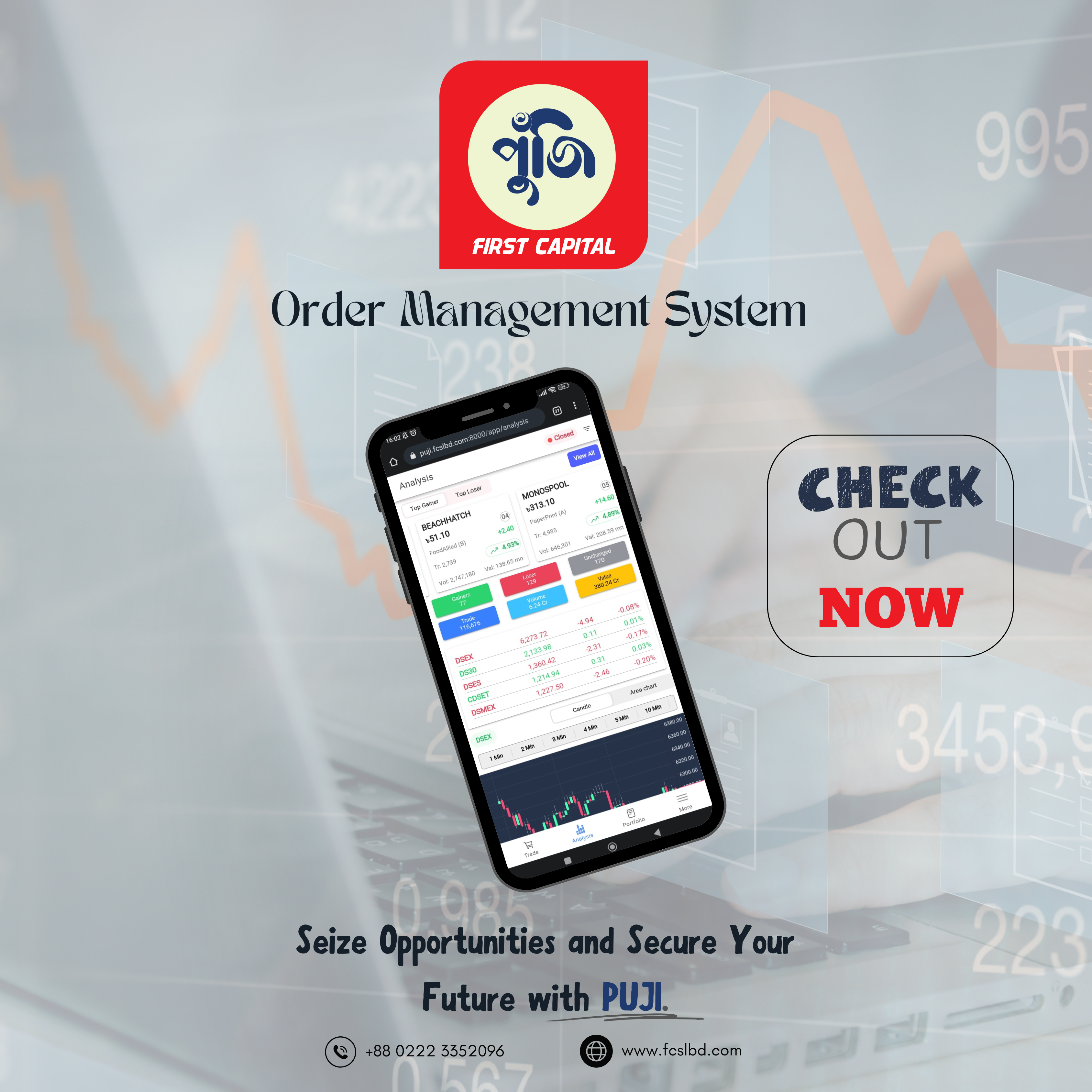Bangladesh’s apparel shipments to key export markets—Europe and the US—posted robust growth in the first seven months of the current fiscal year of 2024-25.
This ushered in hopes that work orders would continue to come in increasing quantities, as some orders had been diverted from China amid tariff wars between the world’s two biggest economies.
Exports to the European Union shot up 13.91 percent year-over-year to $11.81 billion in the July–January period of fiscal year 2024-25.
In the case of the US, the single biggest market for Bangladesh’s garments, clothing shipments surged 16.45 percent to $4.47 billion in the first seven months of this fiscal year.
With this growth, the share of exports to the EU increased to 50.15 percent in the July–January period of this fiscal year, up from 49.31 percent in the same period a year ago.
The share of garment exports to the US increased to 18.99 percent in the July–January period of FY25 from 18.27 percent a year ago, according to data compiled by the Bangladesh Garment Manufacturers and Exporters Association (BGMEA).
Mohiuddin Rubel, managing director of Bangladesh Apparel Exchange, which describes itself as an organization promoting Bangladesh’s apparel industry, said apparel consumption declined worldwide in the last fiscal year.
And imports by both the US and Europe fell, he said.
“Now these economies are doing better. Obviously, this is a reason. Buyers are placing more orders,” he said.
Export data showed that within the EU, Germany emerged as a key market, with Bangladesh’s exports to the biggest economy in Europe growing 13.47 percent year-on-year.
Spain, France, and the Netherlands were the other major markets in the EU, where there were substantial exports.
The growth of apparel exports to the UK, another major market accounting for 10.83 percent of total shipments, increased by 4.55 percent in the July–January period of FY25.
Shipments of garments to non-traditional markets increased by 6.42 percent during the period, thanks to higher purchases by Japan and Australia, two major markets.
Yet exports to Russia, South Korea, China, the United Arab Emirates, and Malaysia have declined.
Rubel, also a former director of the BGMEA, said exporters focused on non-traditional markets when demand for apparel slowed in the US and Europe.
But there should be a focus on non-traditional markets for product diversification and the development of new markets, he said.
He said Bangladesh had been performing well in South Korea. “We should explore the reasons,” he said.
Shams Mahmud, managing director of Shasha Denims Ltd, an apparel exporter, said, “The current growth is good. Some buyers have shifted orders from China because of the US-China tariff war.”
“Global brands that have outlets in Asia have increased sourcing from us,” he said, adding that one of the internal factors was an improvement in law and order.
Mahmud, also a former president of the Dhaka Chamber of Commerce and Industry, said the current export trend would continue if the industry can smoothly address payment issues for workers during the two upcoming Eid festivals and ensure a stable energy supply.
“If we can pass this critical period, we will be able to achieve our export projections,” he said.
Rubel said the ongoing global trade tensions were reshaping the landscape, presenting opportunities that Bangladesh could capitalise on, provided the country possesses the necessary productive capacity.
“Concurrently, there should be a concerted focus on investments in backward linkages to support and enhance our RMG sector’s competitiveness and growth potential,” he said. https://www.thedailystar.net/business/news/apparel-exports-europe-us-post-robust-growth-3826086




